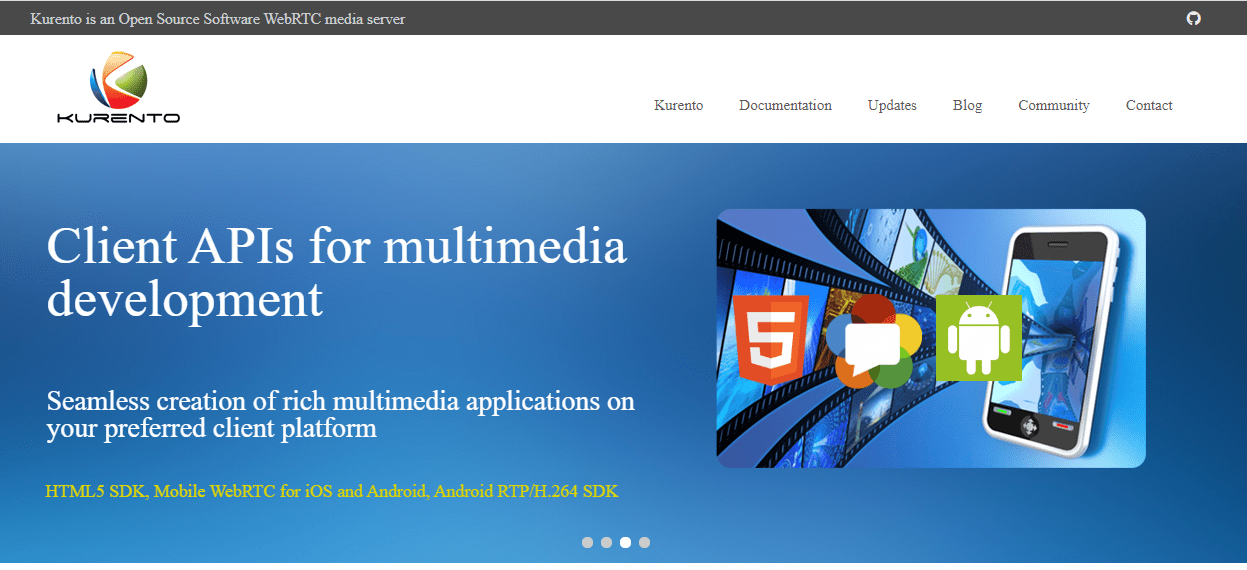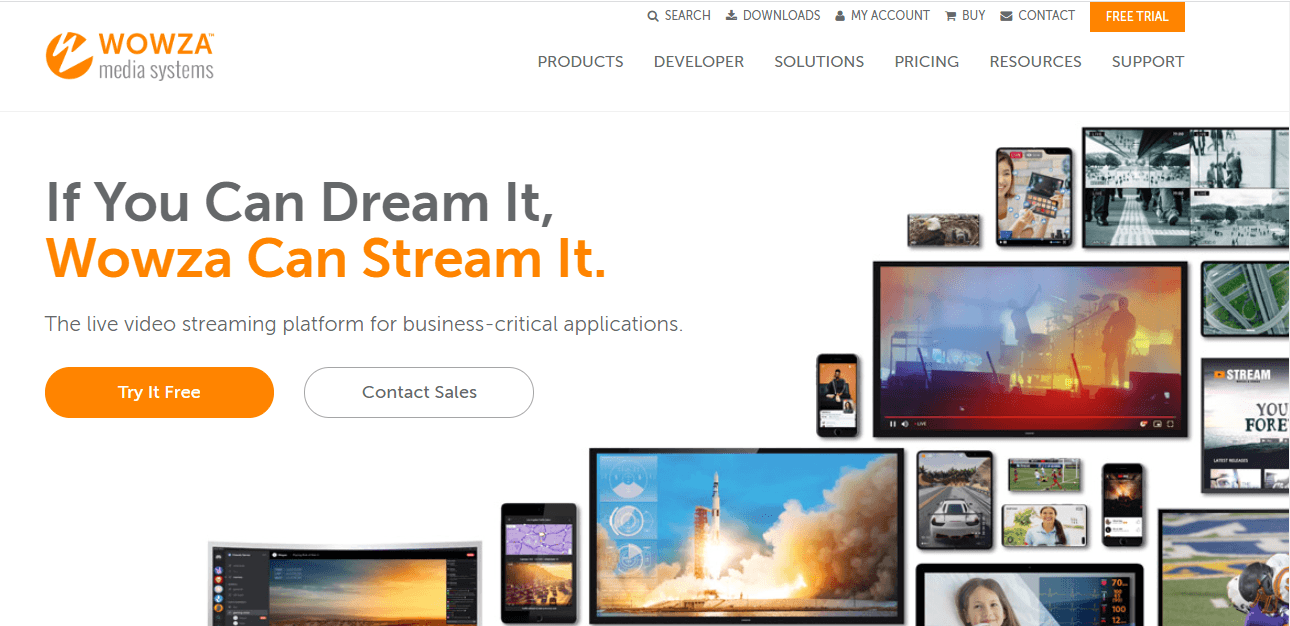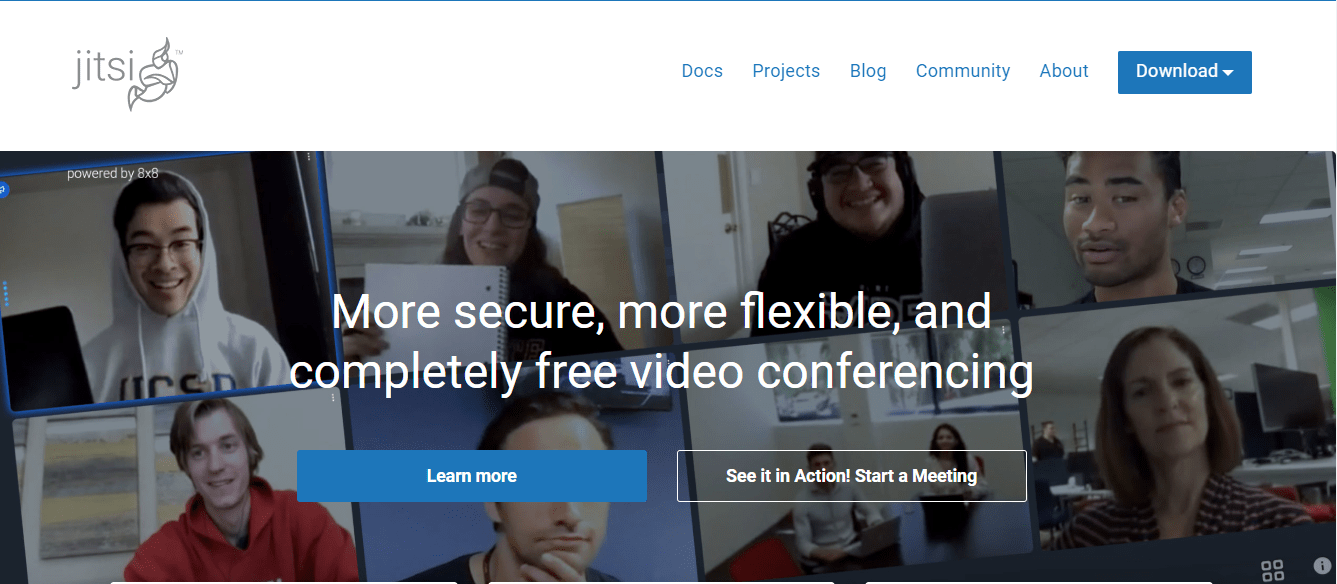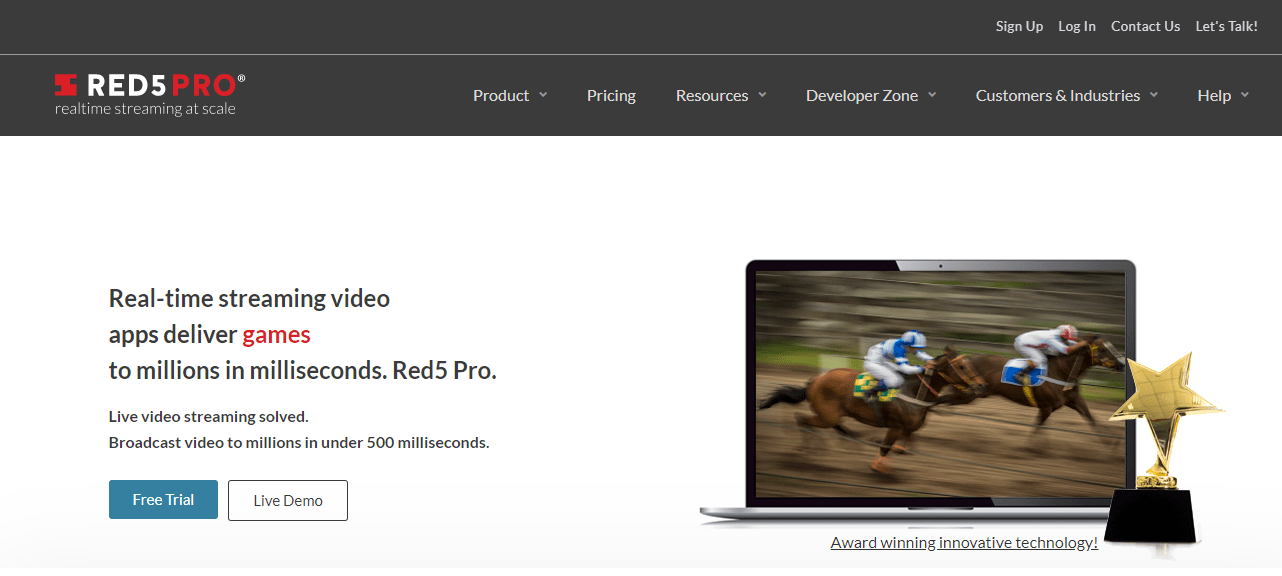If you are a pro data businessman and dreaming of a free and open framework enabling real-time communications (RTC) capabilities via simple APIs, then you are looking for WebRTC Technology. WebRTC technology is an open network, which enables real-time communications through web browsers without additional encoders or plugins. Both audio and video can be streamed beautifully through this technology.
The medium supports interaction and engagement through browser-based solutions. Previously languages like C, C++ was used to import data, but with WebRTC, JavaScript is followed through a simple API interface. The process is more straightforward, effective, and the ‘call of the day.’ The benefits of WebRTC range from telehealth services to gaming apps. Users can enjoy the world of the video-based environment with no latency happening.
What Is WebRTC?
Leaving behind the technical jargons, in a layman’s language, WebRTC is accommodative of all voice and video communications that work inside web pages.
The technology is HTML5 compatible and can be utilized to add real-time media communications directly between browser and devices. This can be done without installing any extra plugins etc.
The WebRTC protocol allows ultra-low latency communication between pairs over the web through web browsers without plugins. Almost all the popular web browsers like (Chrome, Firefox, Safari, Edge, Opera, etc.) come with WebRTC support and can perform without any plug in dependency.
Since WebRTC is a free and open-source project, many e-commerce businesses have benefitted from it, maturing their business face with time. Companies can build their products in this vibrant and dynamic ecosystem, thus leaving their customers a fresh and new experience to withhold.
The WebRTC technology has been designed, keeping in mind the ease of operation and inter web page transitions while not affecting the performance; thereby, making it suitable for the businesses as well as their users.
Cloud-Based WebRTC Streaming
On all the latest web browsers, you will find WebRTC to be available in the form of JavaScript. For smartphone users, this high-end technology can be placed on iOS and Android. The WebRTC technology here acts as a surfer, which enables smooth transfer of data in the form of videos, audios, gaming, and so on.
Though there are several other data streamers in the market like RTMP (Real Time Messaging Protocol), HLS (HTTP Live Streaming), and MPEG-DASH (Dynamic Adaptive Streaming over HTTP), WebRTC stands an edge over others, which are because:
- It is a promising technology with Ultra-Low Latency Streaming
- It supports any browser without the need of installing plug-ins
- It’s native mobile support for Android and iOS.
WebRTC Server Software for Live Streaming
WebRTC is an essential peer to peer communication platform, which has all the adequate and necessary features for supporting the same, but when it comes to a classroom or one to many interactions, then the technology lags behind.
So, here are a few evident changes that should be incorporated in WebRTC to make it a salient, uniform, and a one-stop solution for all media needs:
- Developing ‘signaling’ in WebRTC. This means a connection should be established between the caller and the callee.
- Adaptive bit-rate should be developed in order to keep a call unperturbed even under a low-quality network.
- Evolving aspects of one-to-many and many-to-many communication.
- Scaling the number of users or players at a time to a much higher number.
- Few more additive features like saving the video call and compatibility of SDK for Android, iOS and Java Script.
Ultra-Low Latency WebRTC Live Streaming
When you are playing a game online, do you experience interruptions in between due to fluctuating signal strength? Isn’t it annoying? Yes, it is. However, with WebRTC, the issue of latency is put to rest comfortably.
Latency is measured in milliseconds, and at any point in time, it indicates the strength or quality of the signal in your network. Ideally, 20-40ms is the optimal contingency, but a little less than 100ms is tolerable in gaming operations.
There are options to adjust the latency index through the WebRTC provisions suitably; a low latency with a high bandwidth is the ideal combination because high latency impacts much on load times than the lower ones. At the lower bandwidth, data transfer takes place instantaneously without any noticeable delay.
Best WebRTC Media Streaming Platforms
Kurento:
Kurento is not only a media server but a toolkit for building one. The primary advantage of Kurento is its versatility. The concept of Media Workflow allows the defining codes that permeate the intermittent media flow.
Thus allowing WebRTC developers for composing as well as integrating some of the most exciting features including computer vision, real-time media modification and inter-op with RTP (VOIP) services.
Wowza:
Wowza media server provides content with 4K ultra HD resolution, and it can be easily accessed over a wide range of devices like set-top boxes, computers, mobile phones, and TVs.
Wowza is usually taken up by firms, which want to develop tailored solutions for their streaming media requirements. The scalability of Wowza’s services makes it suitable for being adopted by large business houses and universities.
Jitsi:
Jitsi is yet another platform that includes everything from communication till video conferencing solutions. The platform implements its own signaling through jingle (XMPP) and a fully featured web interface.
The heart of Jitsi is the Jitsi video bridge and Jitsi Meet, which allows having conferences on the internet. Its other distinguishable features are dial-in, recording, simulcasting, bandwidth estimations, and scalable video coding, etc.
Red5:
Red5 is a flexible open-source live streaming solution of all kinds. It has a simple plugin architecture that facilitates the customization of any VOD and live streaming scenarios. Red5 has been and is being used by several known companies like Amazon and Facebook.
Ant Media allows developers to broadcast live videos from browsers with the help of WebRTC Adapter. It can be distributed to many RTMP and HLS through flash plugins. Ant Media supports MP4 recording for live RTMP streams. It also has a 360 degrees video and adaptive bitrate support in the enterprise edition.
Conclusion
WebRTC is predicted to be the novel change shortly. It’s designed to stay, so you, as a business owner, must realize the potential of this facilitative technology and incorporate the same in your digital business interactions. The potential technology is not only user friendly but also an edge for any thriving company for strife.










3 comments